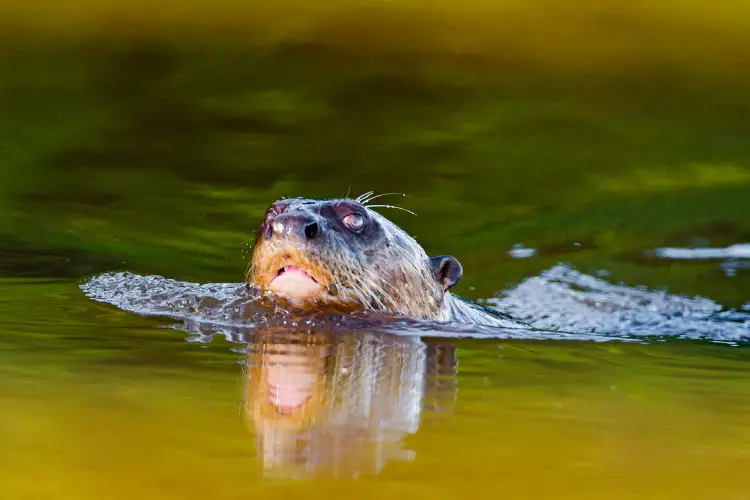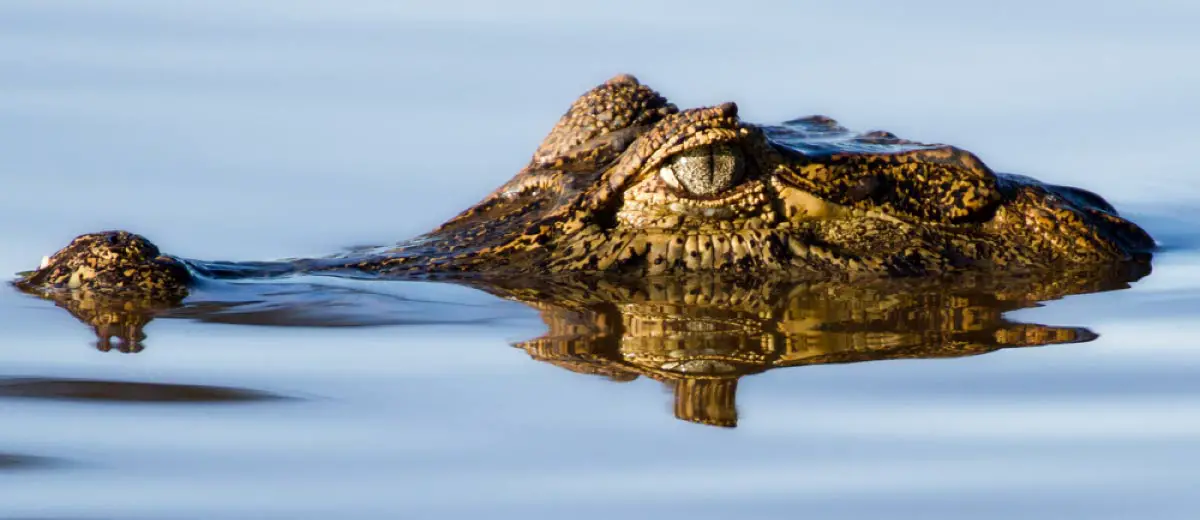Top 3 Areas To See Wildlife in Brazil & The Most Impressive Animals
Brazil is included in Conservation International’s list of the 17 most biodiverse countries in the world and you could argue it also tops that list, quite easily. This reason alone should be enough to arouse your curiosity, throw in an additional 7 Natural UNESCO World Heritage Sites and 60% of the Amazon Rainforest and it’s hard for any nature fanatic not to justify a trip there. Brazil is also home to the second-largest population of endemic species in the world, meaning you’ll find certain wildlife in Brazil that you simply can’t find anywhere else in the world. Given that Brazil is the 5th largest country on the planet, there are endless locations one could visit; so we’ve whittled our list down to the top 3 animals and top 3 areas you should absolutely try to see on a trip to Brazil, enjoy!
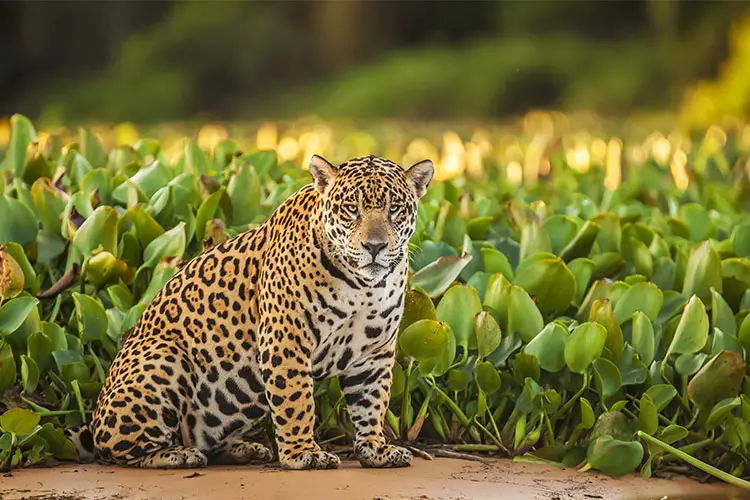
Pantanal
The Pantanal is one of the most famous areas in Brazil and it is found in the central west of the country, bordering both Bolivia and Paraguay. This area is the largest tropical wetland in the world and it’s wide open, giving you a much higher chance of spotting the wildlife that lives there, than more dense areas like the rainforests of the Amazon.
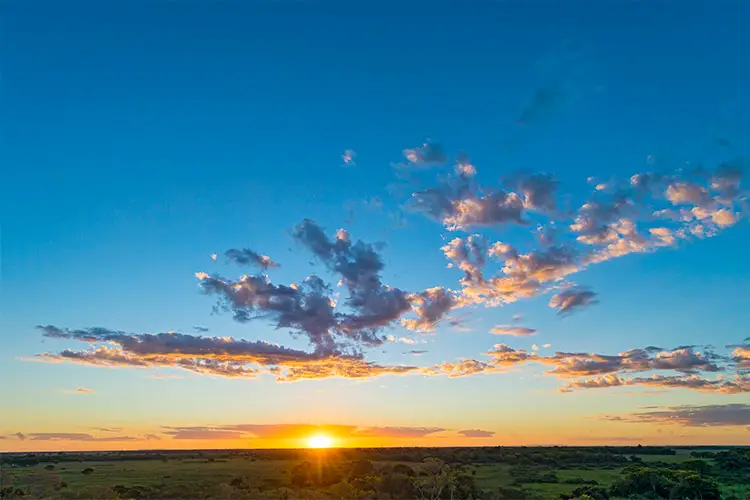
The Pantanal was inscribed on UNESCO’s World Heritage List on the basis that the area houses several globally threatened species and gives the best representation of the flora and fauna in the surrounding region. Some of the species you’ll have a chance to see in the Pantanal are Giant Anteaters, Marsh Deer, Hyacinth Macaws and Jaguars.
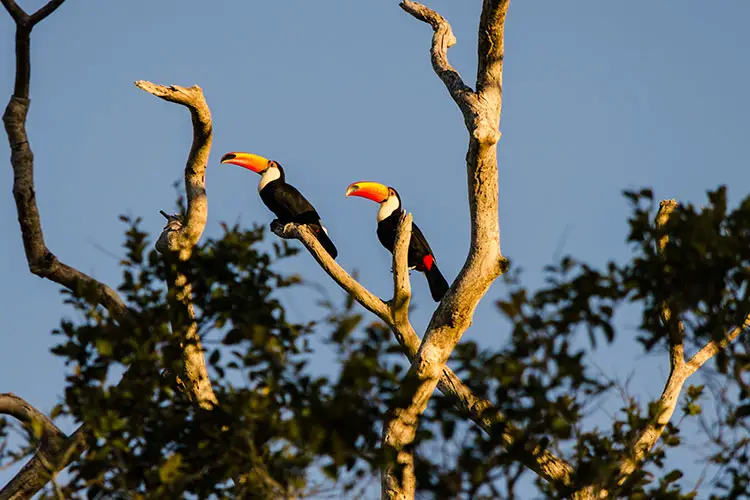
Cerrado
The Cerrado is a vast swath of tropical savanna in central Brazil, the area covers over 2 million square kilometres, which is around 20% of Brazil’s landmass. The area is home to over 800 bird species, over 160 mammal species, 150 amphibian species and 120 reptile species leading UNESCO to inscribe this area on its list as well, citing the massive amount of biodiversity and its historical value.
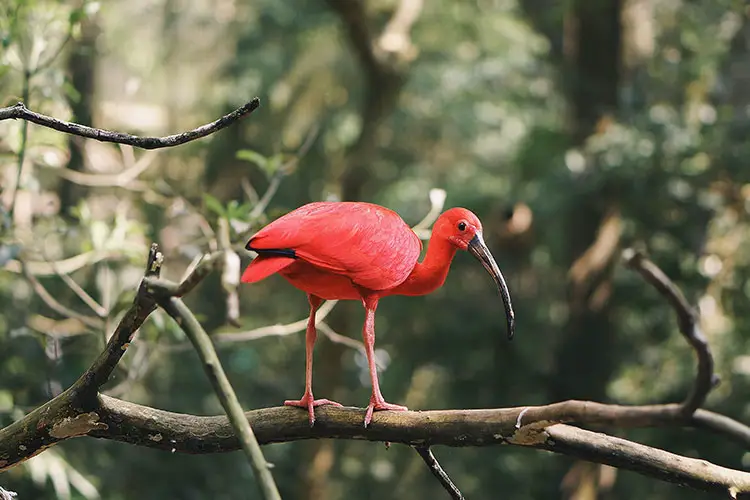
Unfortunately, the area the Cerrado covers is decreasing rapidly due to deforestation and the development of agriculture in the region. Interestingly, due to high levels of acidity in the soil, the area doesn’t have a natural propensity for agricultural use, however since the 1960’s the government has dumped massive amounts of limestone onto the earth and agriculture in the region has boomed, especially in the production of soybeans and cattle ranching. The WWF are working diligently to protect this area and the incredible wildlife that abounds.
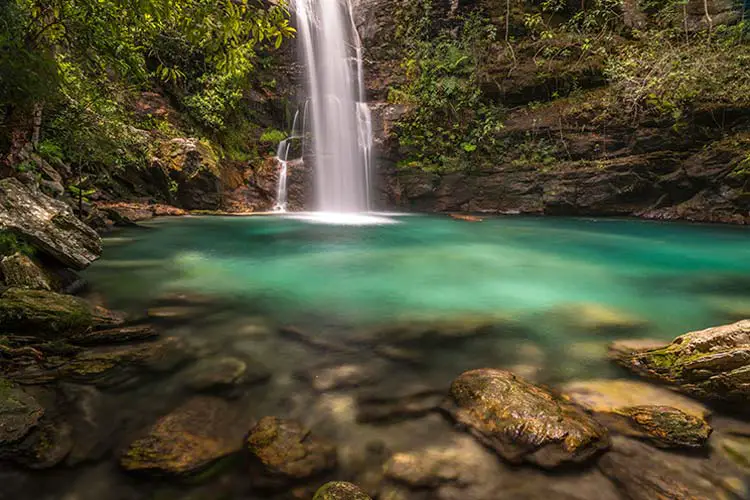
Atlantic Forest
Yup, you guessed it, this incredible biome is a UNESCO World Heritage Site too! Directly beneath the Cerrado region lies the Atlantic Forest, which stretches from the easternmost tip of Brazil, along the southern Atlantic coast and into Paraguay and Argentina. Covering over 1.3 million square kilometres, the Atlantic Forest region contains several different types of tropical and subtropical biomes and is known for its population of rare and endemic species.
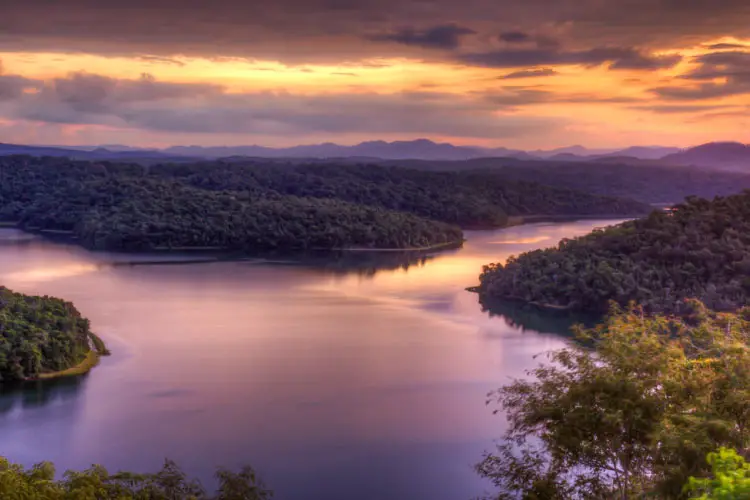
The Atlantic Forest is another example of massive deforestation, which is threatening species such as the Harpy Eagle, the Ocelot and the Brown Howler monkey. One of the most famous waterfalls in the world also lies in this region; Iguazu falls straddle the border between Argentina and Brazil and pumps a massive 1,756 cubic meters per second over a drop of 60-80 meters.
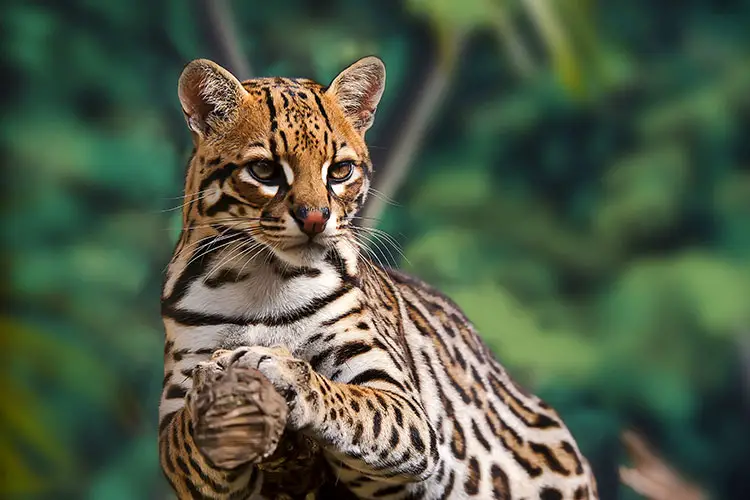
Top 3 Animals to See In Brazil
Jaguar
Of all the wildlife in Brazil, the Jaguar is famously one of the hardest to spot. Translating as “He who kills in one leap” in Native American, the Jaguar is a fierce and stealthy predator known for its solitary behaviour, mostly hunting mostly around dawn and dusk. The largest cats in the Americas, male Jaguars can reach up to a colossal 350lbs in weight, although it is far more common to see these animals around 150-200lbs.
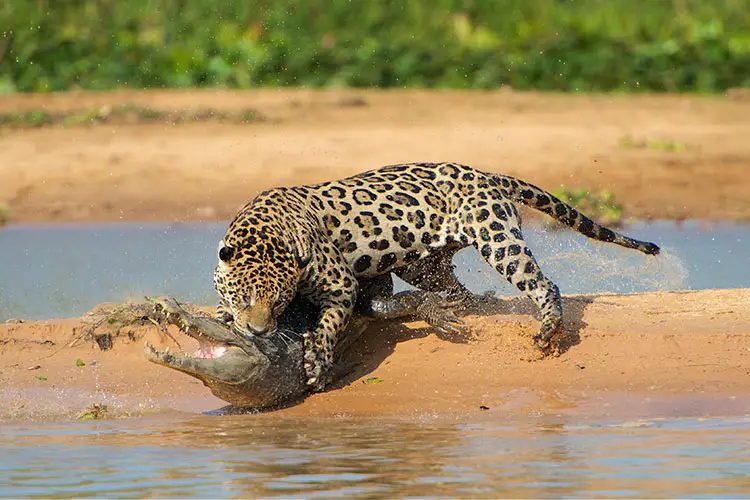
Unlike many of the other large cats, the Jaguar is a keen swimmer and is often seen swimming across large rivers in order to hunt prey. If there is one thing you do after finishing this article, take a look at the incredible National Geographic video at the bottom; this will either have you booking a Jaguar spotting trip within minutes of watching or taking a vow to never visit the Amazon.. we hope its the former of the two!
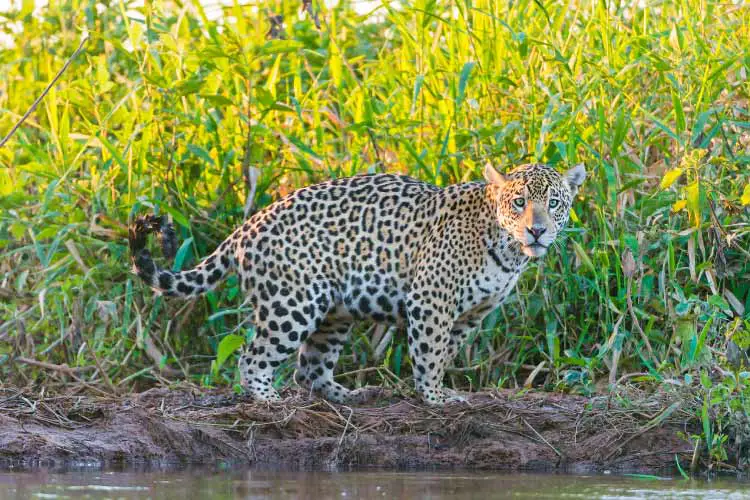
Anaconda
For some reason, we’re actually suggesting seeking out these monstrous creatures! The Anaconda is famously depicted in Hollywood movies as the largest snake in the world, reaching up to 70kgs in weight and up to a whopping 17ft in length. Found throughout much of South America, this giant snake feeds off a variety of fish, birds, reptiles and mammals and although they are somewhat demonized in movies, human deaths are very rare.
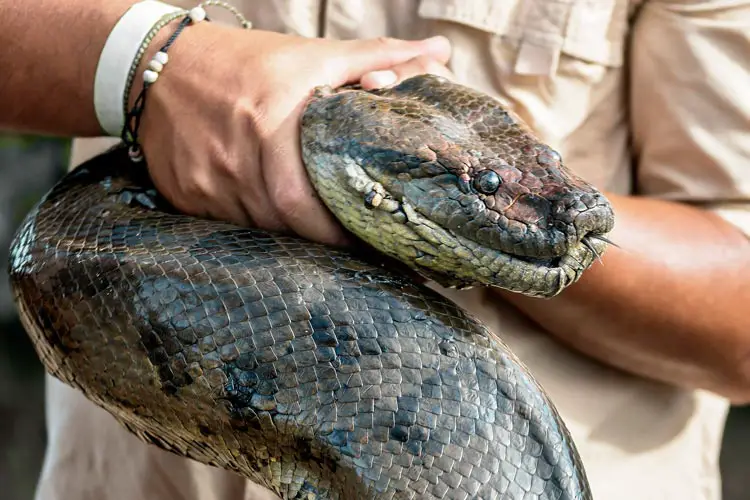
Anacondas are primarily nocturnal animals, although if you sign up for a trip to find one, you’ll most likely be searching for them in the day. Finding one of these giant creatures in the wild will be one of the most exhilarating experiences of your life and possibly one of the most intimidating as well!
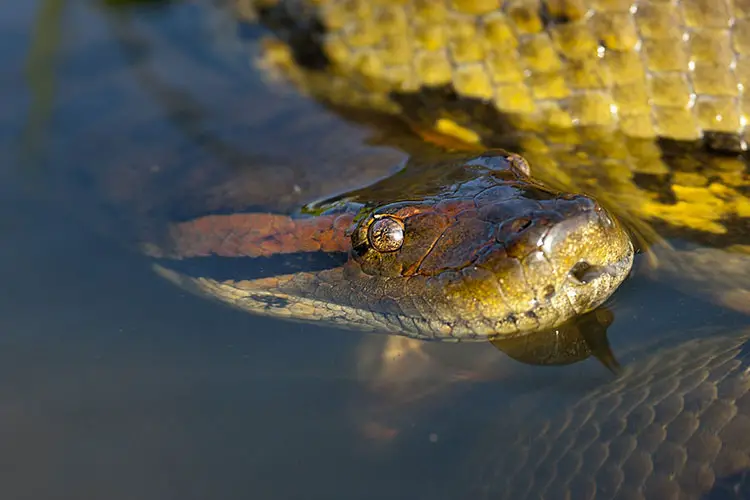
Giant Otter
Much less intimidating but nonetheless enthralling is the Giant Otter, which frequents the waters of central and northern South America; of the three areas we have listed above, you have the best chance of finding them in the Pantanal wetland area. As its name suggests, these furry creatures can reach surprisingly long lengths of up to almost 6ft.
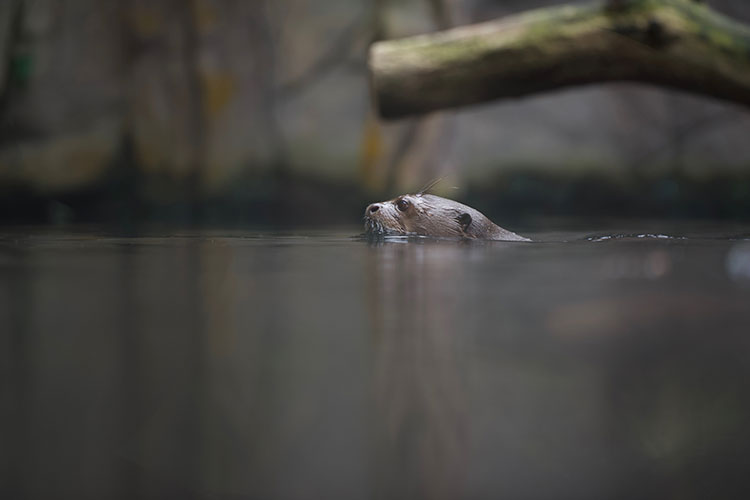
It is common to find the Giant Otter in social groups reaching up to 8 in number as they often work together to hunt and also ward off larger predators like caiman. Take a boat trip along the Amazon, Orinoco or La Plata rivers and watch out next to the river banks where the Giant Otters live in their underground dens.
